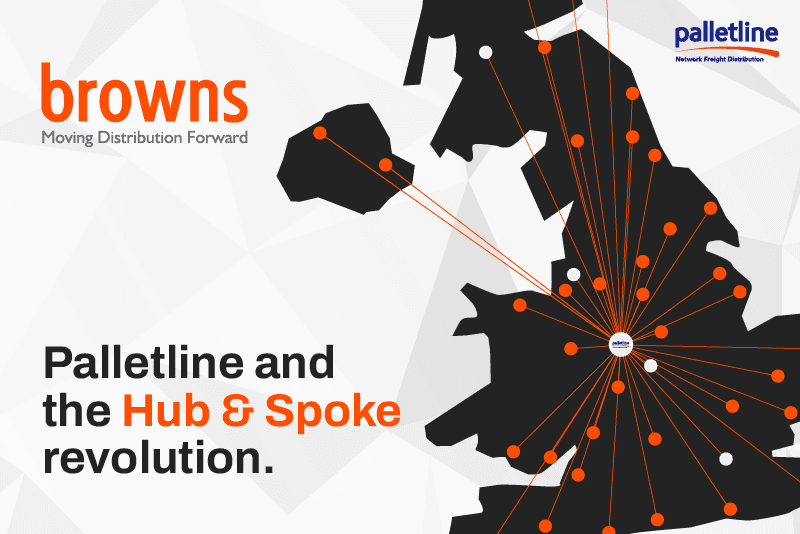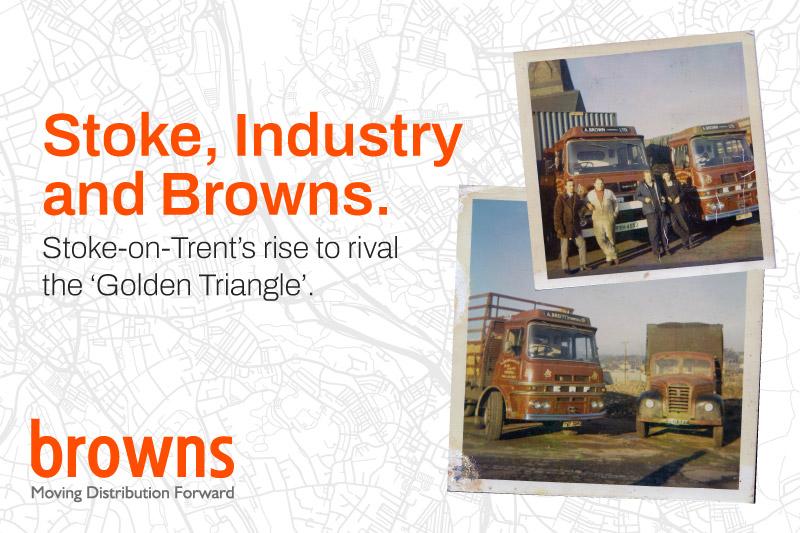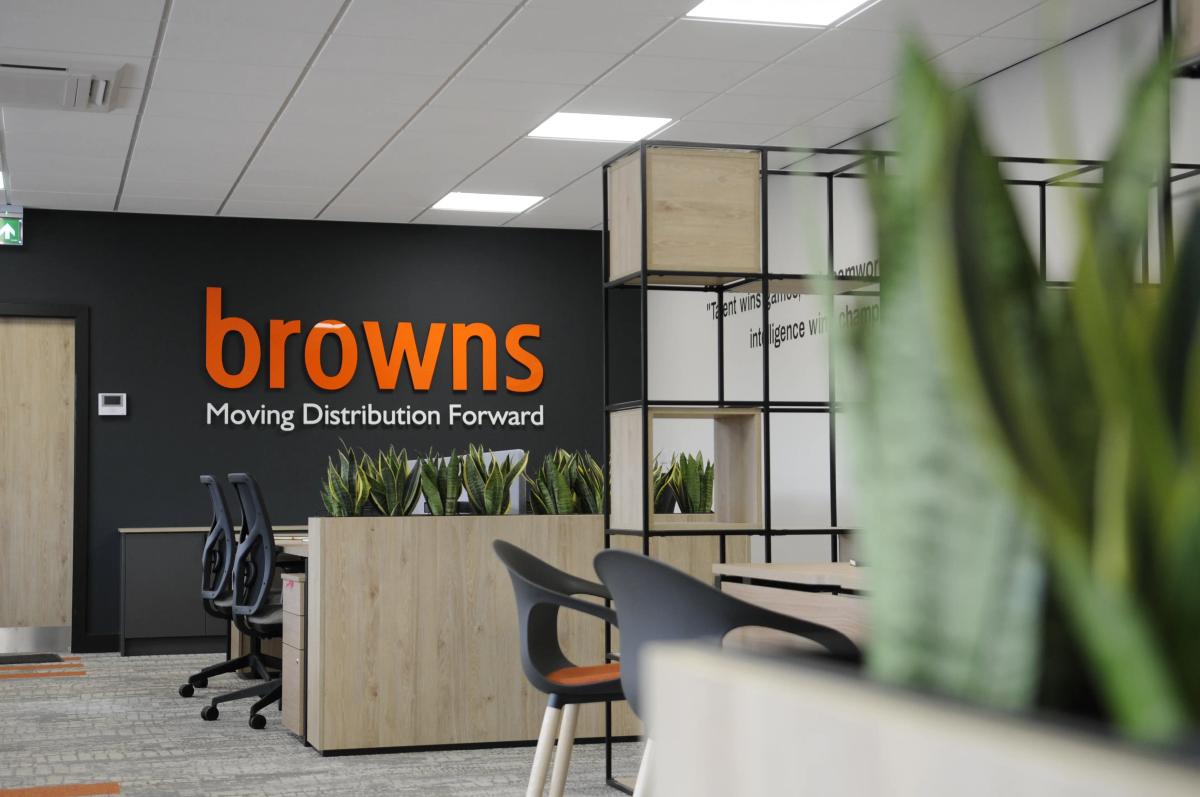Understanding Logistics Models: A brief guide to 1, 2, 3, and 4PL!
In the world of logistics, terminology can often be confusing. Even those in the industry occasionally need a moment to recall the meaning of an acronym. Terms like 3PL, and 4PL are frequently used, but what do they mean, and how do they differ? Understanding these logistics models is crucial for businesses looking to optimise their supply chain operations. Below, we've broken down each model, from 1 to 4, to clarify their meanings, benefits and the type of businesses you'll typically see making use of them! 1PL (First-Party Logistics) First-Party Logistics refers to a business managing its own logistics and supply chain operations, without outsourcing. This includes handling transportation, warehousing, inventory management, and distribution internally. Typically, this model is only suitable for small businesses with simple logistics needs and sufficient resources to manage operations in-house. Pros Cons Full control over the supply chain. Direct oversight of processes and operations. Potential cost savings by eliminating middlemen. High capital investment in infrastructure and technology. Limited scalability and flexibility. Higher risk of inefficiency and errors without specialised expertise. 2PL (Second-Party Logistics) Second-Party Logistics involves outsourcing transportation and logistics functions to external providers. These providers are typically asset-based carriers such as freight forwarders. The 2PL model is Ideal for businesses looking to outsource transportation while retaining control over other logistics functions. Pros Cons Access to specialised transportation services. Potential cost savings on transportation. Flexibility in choosing different carriers for specific needs. Limited control over the logistics process. Coordination challenges with multiple carriers. Potential communication gaps leading to inefficiencies. 3PL (Third-Party Logistics) Third-Party Logistics refers to outsourcing a broader range of logistics services to external providers. 3PL companies offer comprehensive solutions, including transportation, warehousing, inventory management, order fulfilment, and even returns processing. Admin: Browns is a great example of a typical 3PL provider. We can handle every part of a supply chain operation including transport, warehousing and fulfilment. Check out more here. The 3PL model is best for businesses seeking a comprehensive logistics solution to enhance efficiency and reduce operational costs. Pros Cons Comprehensive logistics solutions from a single provider. Access to advanced technology and expertise. Scalability and flexibility to meet changing business needs. Enhanced efficiency and reduced operational costs. More time and energy to focus on core business. Dependency on the 3PL provider for critical operations. Potential challenges in maintaining consistent service quality. Possible higher costs compared to handling logistics in-house. 4PL (Fourth-Party Logistics) Fourth-Party Logistics involves outsourcing the management of the entire supply chain to a single provider. A 4PL acts as an integrator, coordinating and managing multiple 3PLs and other logistics functions to provide end-to-end supply chain solutions. Admin: At Browns, we have great relationships with some of the UK's largest 4PL providers, which sees us working hand-in-hand with other hauliers to store and move goods across the country. The 4PL model can be intricate, and is perfect for large enterprises with complex supply chains requiring end-to-end management and strategic optimisation. Pros Cons Holistic supply chain management and optimisation. Strategic focus on improving the overall supply chain performance. Single point of contact for all logistics and supply chain needs. Enhanced visibility and control over the entire supply chain. Higher costs due to comprehensive service offerings. Increased dependency on the 4PL provider. Potential challenges in aligning business goals and strategies. And there you have it! Understanding the differences between logistics models is essential for businesses looking to improve their supply chain. Each model has its own benefits and challenges, and choosing the right one, as well as the right partner, can greatly affect a business' efficiency, costs, and overall success. Looking to outsource your supply chain operations? Our team is just a phone call or message away.











